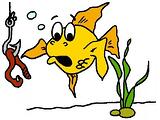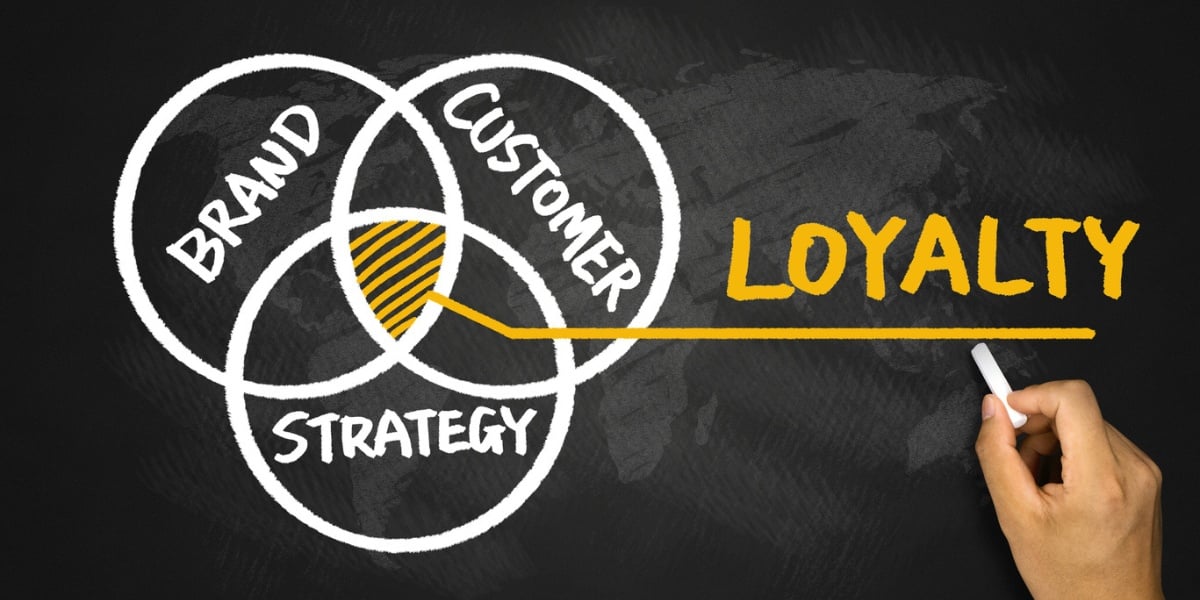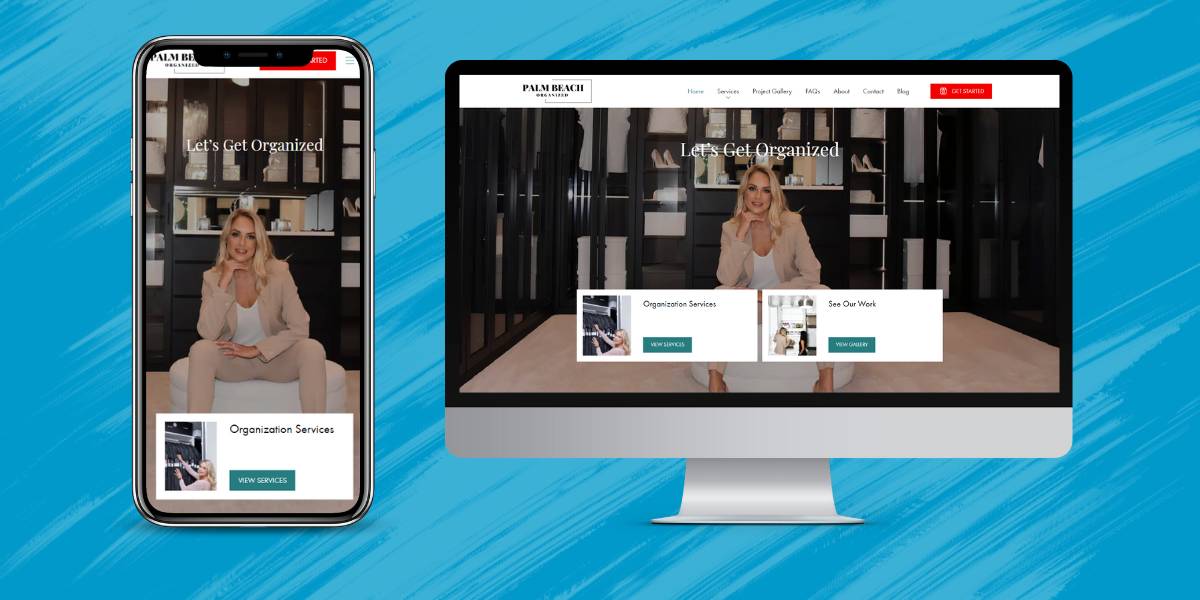 As an interactive marketing agency, we get quite a bit of hands-on experience in managing online business communities. Whether we're managing company facebook pages, twitter profiles or online forums, we're become pretty familiar with which types of content gets fans/friends/followers talking and which do not. It never ceases to amaze us to see that, time and time again, the same types of content typically get people talking, regardless of the community or company we're dealing with. Today, I wanted to quickly talk about the concept of community baiting including what it is, why it works and how to properly use it to engage your community, regardless of social networks.
As an interactive marketing agency, we get quite a bit of hands-on experience in managing online business communities. Whether we're managing company facebook pages, twitter profiles or online forums, we're become pretty familiar with which types of content gets fans/friends/followers talking and which do not. It never ceases to amaze us to see that, time and time again, the same types of content typically get people talking, regardless of the community or company we're dealing with. Today, I wanted to quickly talk about the concept of community baiting including what it is, why it works and how to properly use it to engage your community, regardless of social networks.
What is Community Baiting?
Community baiting is a term that refers the activity of baiting responses within a community, often without a specific goal other then to get community members talking and interacting with your brand/company on various social networks. And is some sense, community baiting is closest to the "PR" side of social media marketing. Like traditional PR, community baiting is used to raise brand awareness, often without a direct monetary response. So, it's not about driving sales, it's about stirring the ant hill and hoping that the end result somehow indirectly improves your bottom line.
Example of Community Baiting
Community baiting can come in many shapes and forms. As always, it's easiest to deal with specific examples:
- Public surveys - On social networks like facebook, it's possible to to post public surveys to your fans. Many businesses use posting surveys as a technique for baiting interaction simply because it works. Why? Well, people (are shallow and) love giving their opinion and are likely to participate for this reason alone. Time and time again, public facebook surveys prove to elicit strong replies (quantitatively), relative to many of forms of facebook communication. Surveys typically drive a large number of facebook likes, comments and votes.
- "Loaded" questions - Similar to surveys, businesses often informally post questions to their fans. Again, we all love to give our opinions so resisting the chance to be heard is difficult. For example, a restaurant may post something like, "Today's lunch special features our favorite seafood dish, Maryland Crab Cakes. Tell us your favorite dish and maybe we'll feature it next week!" In the previous example, the restaurant owner not only promotes the daily lunch special, but also baits community members to contribute their own opinions, further spreading the reach of their original, promotional message.
- Holiday announcements, patriotic comments, etc - Everyone loves holidays and everyone loves the USA so posting simple comments like, "Happy Fathers' Day" and "Support our troops" can (sadly enough) often drive more measurable interaction than anything else.
So Why Do We Reply to 'Shallow' Posts
It's up for debate but I tend to think that social network enthusiasts most often respond to things that that meet one or many of the following requirements:
- Don't require a time commitment (we're all too busy)
- Let us be heard (we all have opinions and we're all experts!)
- Involve pop culture (cause the Kardashian's are the bomb!)
- Are, quite frankly, shallow in nature (we're all too busy to think)
While it's impossible to catalog the exact attributes of 'successful community bait, it is easy to follow basic guidelines and of course- test, test, test. Since community interaction is easy to track, doing so methodically (that's right, track your results in a spreadsheet people!) will give you the information needed to improve your campaigns tremendously. While it's sometimes considered to be, social media marketing is not the wild west and taking a traditional PR approach (just 'guessing' at the value of public exposure) to it is plain wrong.
The Ups and Downs of Community Baiting
The advantages to incorporating community bait into your social media content plan are twofold- community engagement and community growth. Community engagement simply means that your getting your fans to interact with your brand, usually in a non-sales manner. In a sense, you're engaging in non(or less)-promotional conversation with fans. In theory, this helps build a sense of brand familiarity. Secondly, community growth occurs as your fans interact with you, and others become aware of the conversations through their own activity streams. So when Joe Fan answers your survey question, many of his friends will become aware that he has done so and they may jump in the conversation as well since Joe did first.
On the downside, community baiting can sometimes push your brand/fan relationship beyond what your fans signed-up for. That is, in many cases, you fans have decided to become fans because they know your business and expect to interact with and hear more about it. For example, I often follow (on facebook) television series (Family Guy, South Park, etc) which I like because I want to keep up-to-date on news related to these shows. Likewise, I follow local restaurants to find out when they are offering specials, new dishes, etc. Pulling from a previous examples, I don't want every TV series and restaurant that I follow trying to 'trick' me into interacting with them. Just give me what I came for, and nothing more.
Additionally, community baiting often does little to promote sales, the end goal for most businesses. While community engagement is one goal (for many) of social media marketing, it is not the only, or primary, goal. Social media is not PR, period... Balancing community building and appropriate promotions is key to maximize return on any social media campaign. We often remind clients that we're dealing with an extremely measurable marketing channel here. CAVs (calculated advertising values) and other 'questionable' metrics don't apply. Track interactions, but more importantly, track the Benjamins (that's dollar bills, people)! At the end of the day, all the likes, comments and fans in the world won't pay the bills.
Community Baiting Done Correctly
Simply put, the correct application of community baiting joins together the business/brand with interactive content that fans will appreciate. Today, many brands find themselves reaching outside of these guidelines, mostly because they run out of things to say. The best advice we can give is that, if you don't have something relevant to say, say nothing at all! Don't feel as though you're neglecting or poorly-managing your community because you don't post every day. Post quality, not quantity! Most importantly, remember why your fans became fans and post content based on that reason alone.




